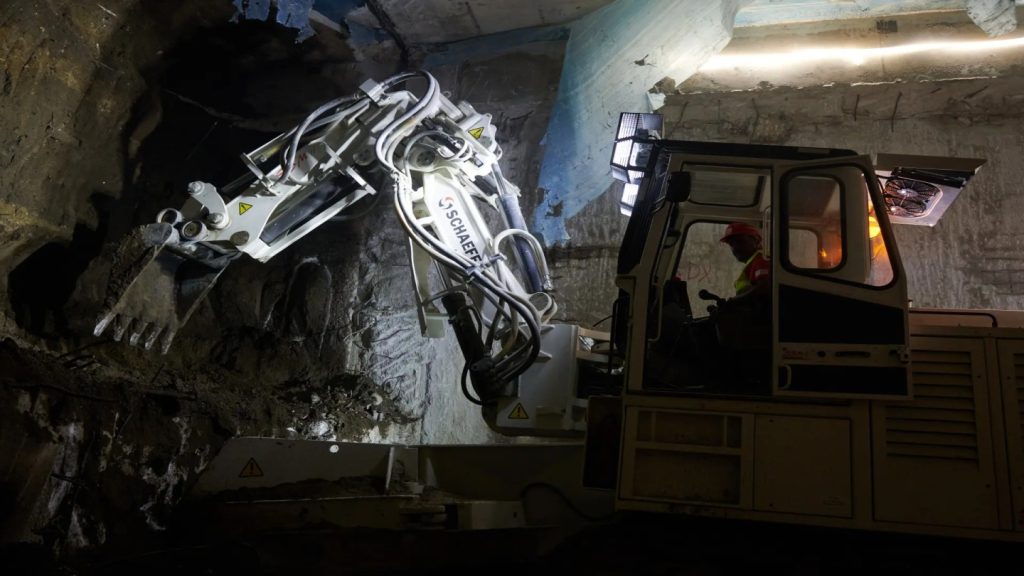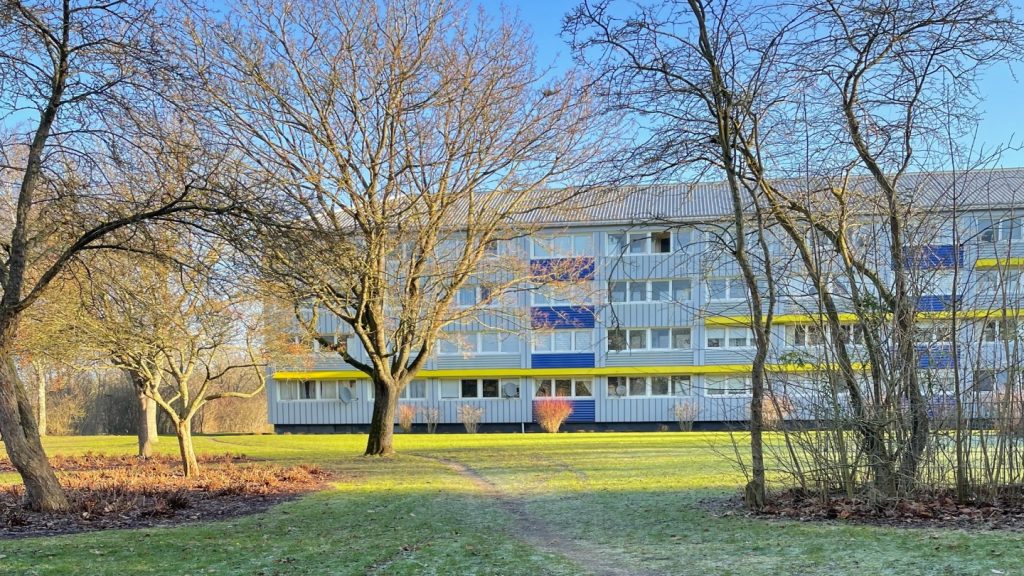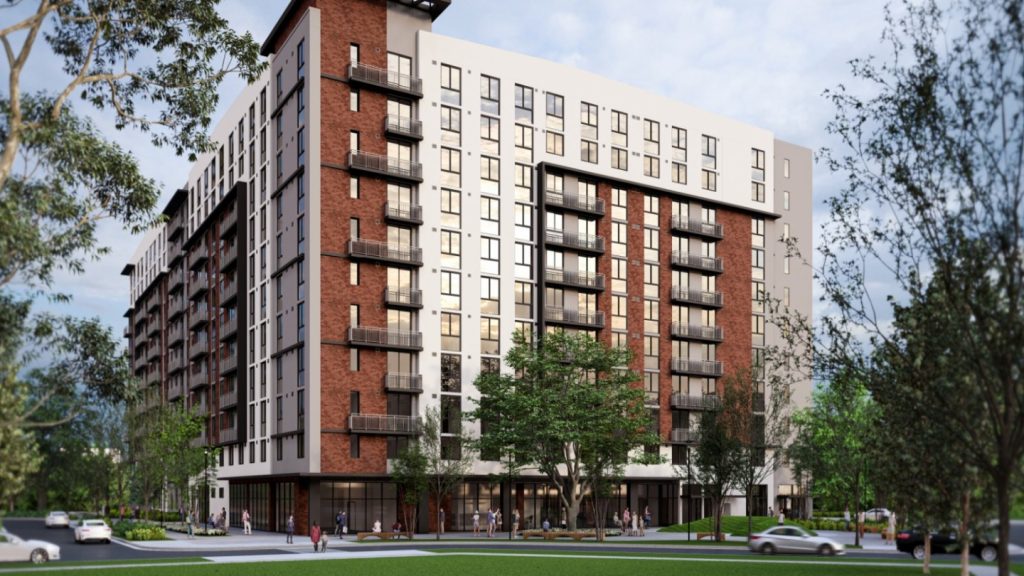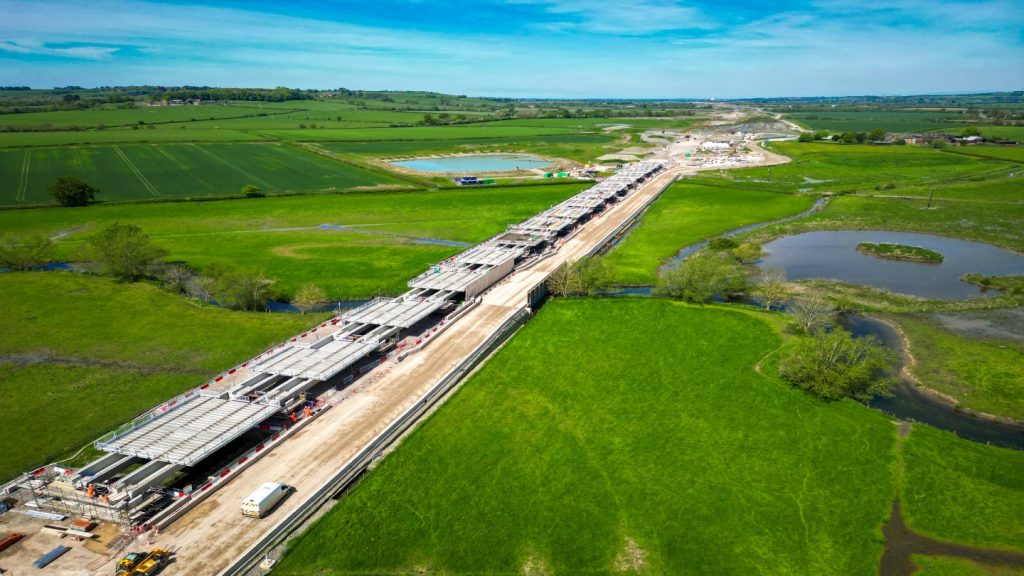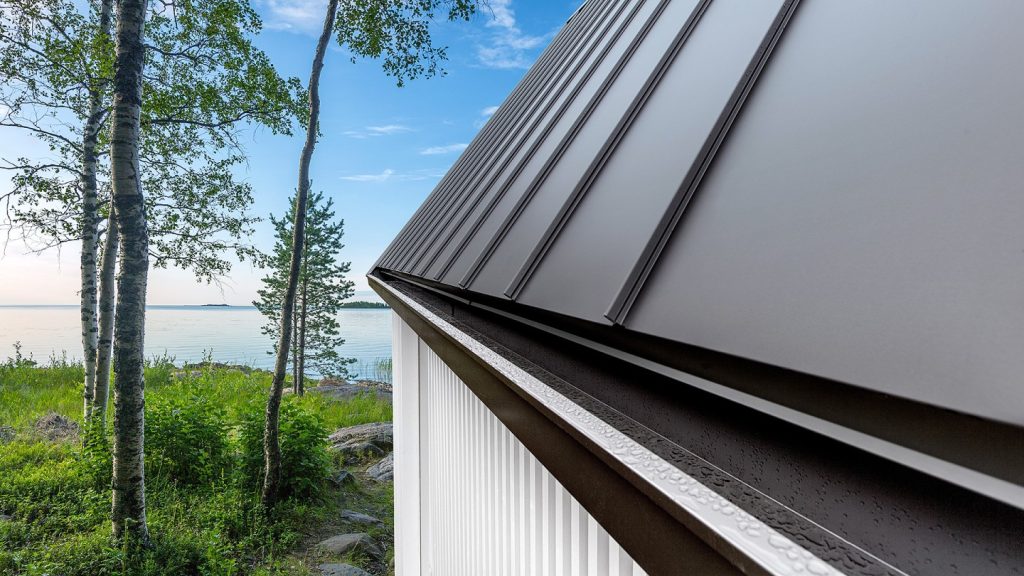Webuild has implemented a sustainable excavation technique at the Naples-Bari high-speed/high-capacity railway construction site in Italy.
The technique, which involves working in a hyperbaric atmosphere, is currently being used on the Naples-Cancello Lot.
In 2017, a consortium comprising Webuild and Astaldi was awarded a €397m ($430.88m) contract for the design and construction of the Naples-Cancello section.
Rete Ferroviaria Italiana (RFI) commissioned the work to construct a section of the Casalnuovo artificial tunnel, which lies partially under the water table and crosses an urbanised area.
The hyperbaric excavation method uses compressed air to prevent water from entering the work areas, protecting the aquifer from contamination by cement mixtures and chemical additives.
Approximately 650m of the new tunnel is being excavated nonstop.
Workers are said to have been trained to adapt to the hyperbaric conditions in a compensation chamber, with a maximum of 20 workers per shift.
The adaptation process is noted to take about 20 minutes, and the pressure varies between 0.3 and 1.2 atmospheres depending on the phase of excavation.
All activities at the site adhere to strict technical and health protocols to ensure worker safety and health.
Construction of the Casalnuovo tunnel is expected to be completed by mid-2025.
Webuild's works for RFI also continue on other lots of the line.
Specifically, it is engaged in constructing four lots on the line: Napoli-Cancello, Apice-Hirpinia, Hirpinia-Orsara, and Orsara-Bovino.
This includes more than 74km of new railway line, six tunnels, ten viaducts, and six new stations and stops.
The entire Naples-Bari high-speed railway (HSR) line, set to be completed by 2028, will span 145km and include nine tunnels, 25 viaducts, and 16 new stations and stops.
Once finished, travel time between Naples and Bari is expected to be halved, and the journey between Rome and Bari will take an estimated three hours.
The Naples-Bari railway is anticipated to prevent more than three million tonnes of carbon dioxide emissions between 2023 and 2047.


